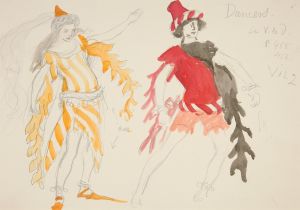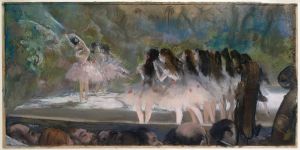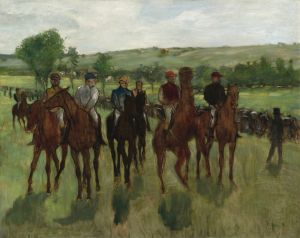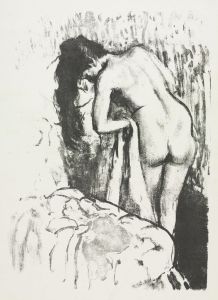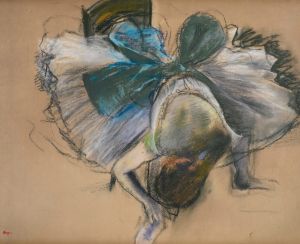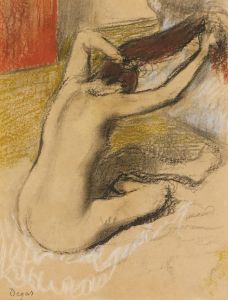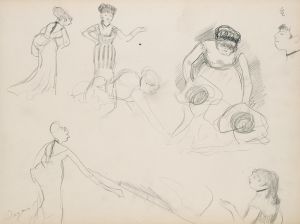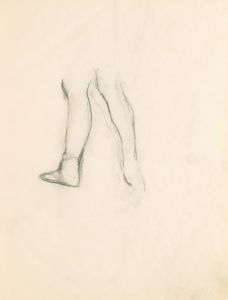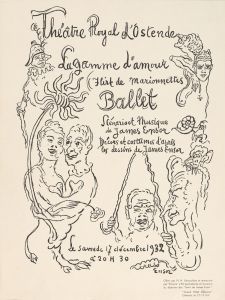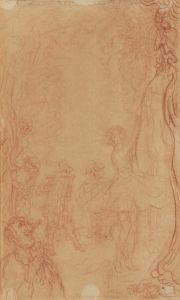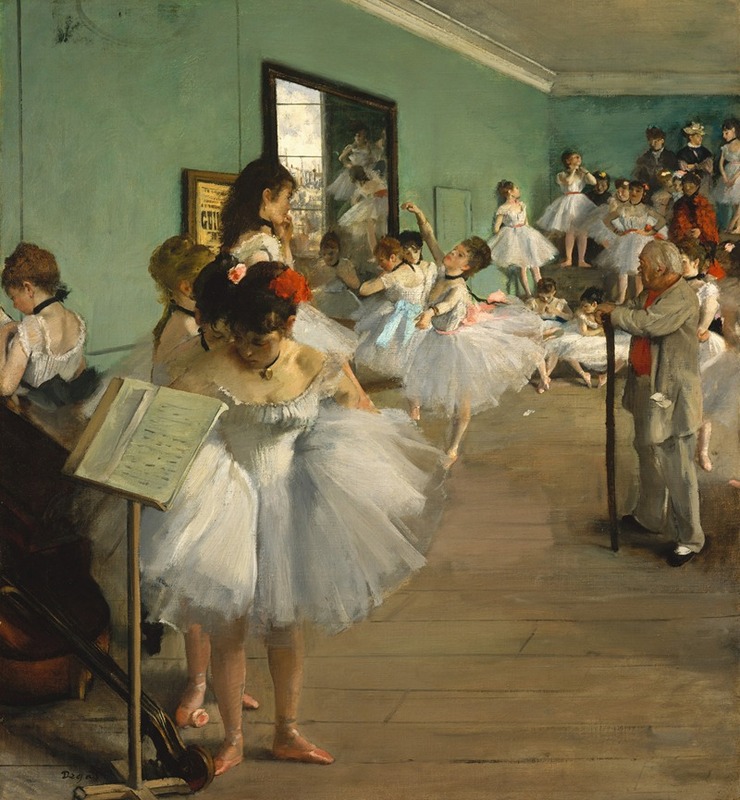
The Dance Class
A hand-painted replica of Edgar Degas’s masterpiece The Dance Class, meticulously crafted by professional artists to capture the true essence of the original. Each piece is created with museum-quality canvas and rare mineral pigments, carefully painted by experienced artists with delicate brushstrokes and rich, layered colors to perfectly recreate the texture of the original artwork. Unlike machine-printed reproductions, this hand-painted version brings the painting to life, infused with the artist’s emotions and skill in every stroke. Whether for personal collection or home decoration, it instantly elevates the artistic atmosphere of any space.
"The Dance Class" is a renowned painting by the French artist Edgar Degas, completed in 1874. Degas is often associated with the Impressionist movement, although he preferred to be called a Realist or Independent. His works are celebrated for their depiction of movement, particularly in the context of ballet, which became one of his signature themes.
This painting is one of two versions created by Degas around the same time, the other being "The Ballet Class." "The Dance Class" is housed in the Musée d'Orsay in Paris, France. It is an oil on canvas work, measuring approximately 85 cm by 75 cm (33.5 inches by 29.5 inches).
"The Dance Class" captures a moment in a ballet studio, where a group of young dancers is being instructed by the renowned ballet master Jules Perrot. Perrot was a significant figure in the ballet world during the 19th century, and his presence in the painting adds an element of authenticity and historical context. The setting is believed to be the Paris Opera, a frequent subject in Degas's work.
Degas's composition is notable for its dynamic arrangement and the way it captures the spontaneity of a rehearsal. The painting depicts a variety of poses and expressions among the dancers, showcasing Degas's keen observation of human movement and anatomy. The dancers are arranged in a somewhat informal manner, with some practicing at the barre, others adjusting their costumes, and a few resting or waiting for their turn. This informal arrangement gives the viewer a sense of being a fly on the wall, observing a private moment in the dancers' routine.
The use of light and shadow in "The Dance Class" is masterful, with Degas employing a soft, diffused light that highlights the delicate textures of the dancers' tutus and the wooden floor of the studio. The color palette is predominantly soft and muted, with whites, pinks, and creams dominating the scene, punctuated by the darker tones of the piano and the ballet master's attire.
Degas's interest in photography and Japanese prints is evident in the composition of "The Dance Class." The painting's asymmetrical arrangement and the cropping of figures at the edges of the canvas reflect the influence of these mediums. This approach adds to the sense of immediacy and realism in the work.
"The Dance Class" is a testament to Degas's fascination with the world of ballet and his ability to capture the grace and discipline of dancers. It is a work that combines careful observation with a sense of intimacy, offering viewers a glimpse into the behind-the-scenes world of ballet during the late 19th century. The painting remains one of Degas's most celebrated works and continues to be admired for its beauty and insight into the art of dance.





